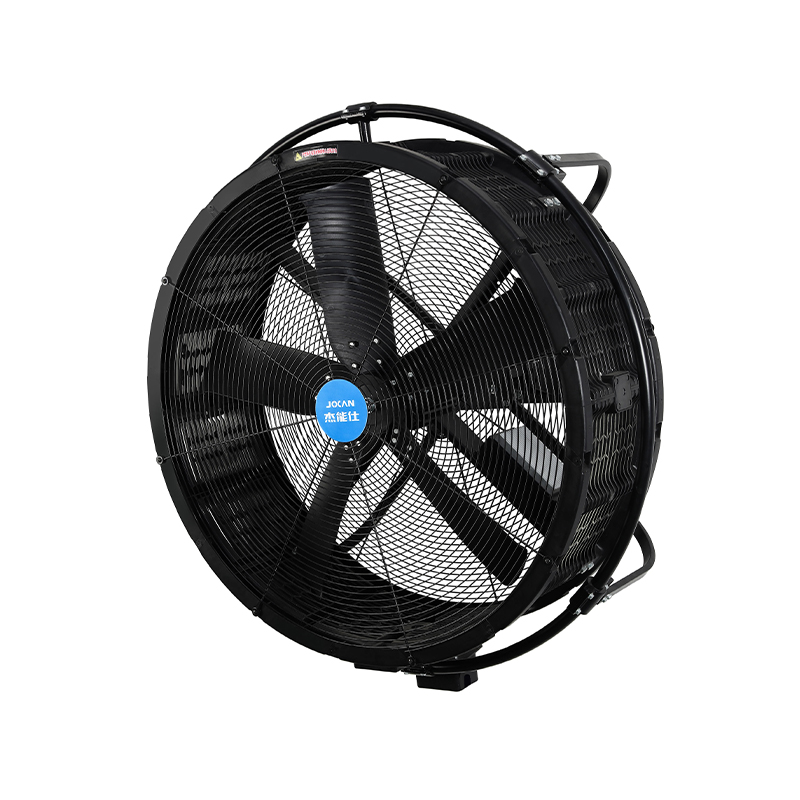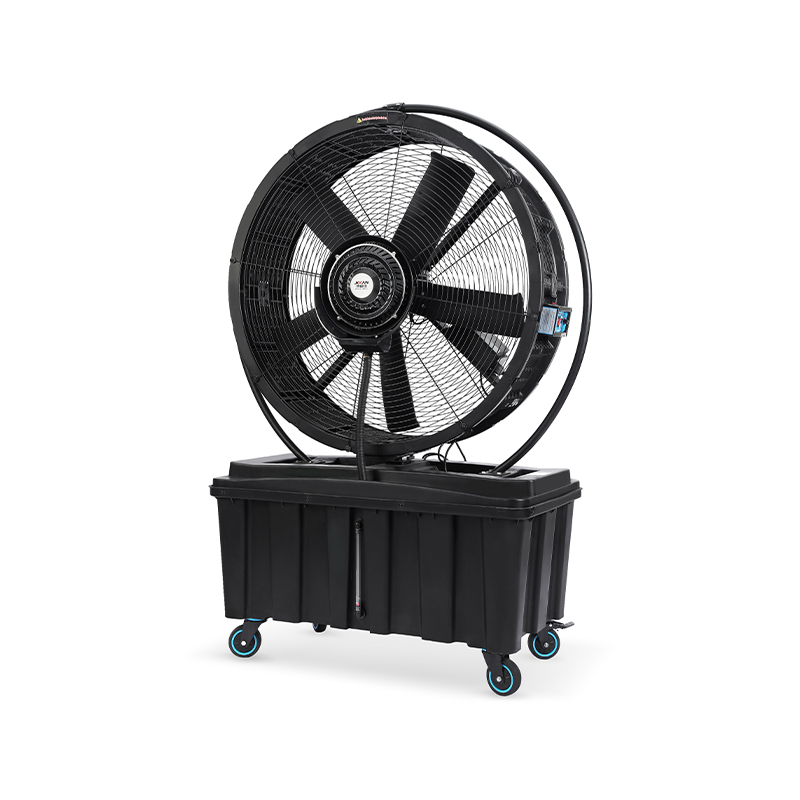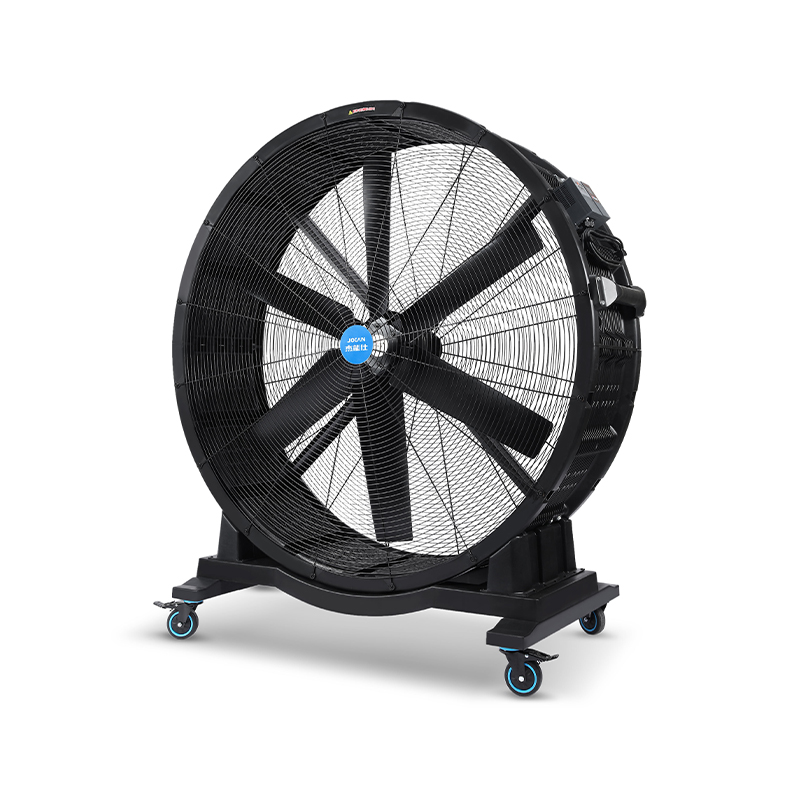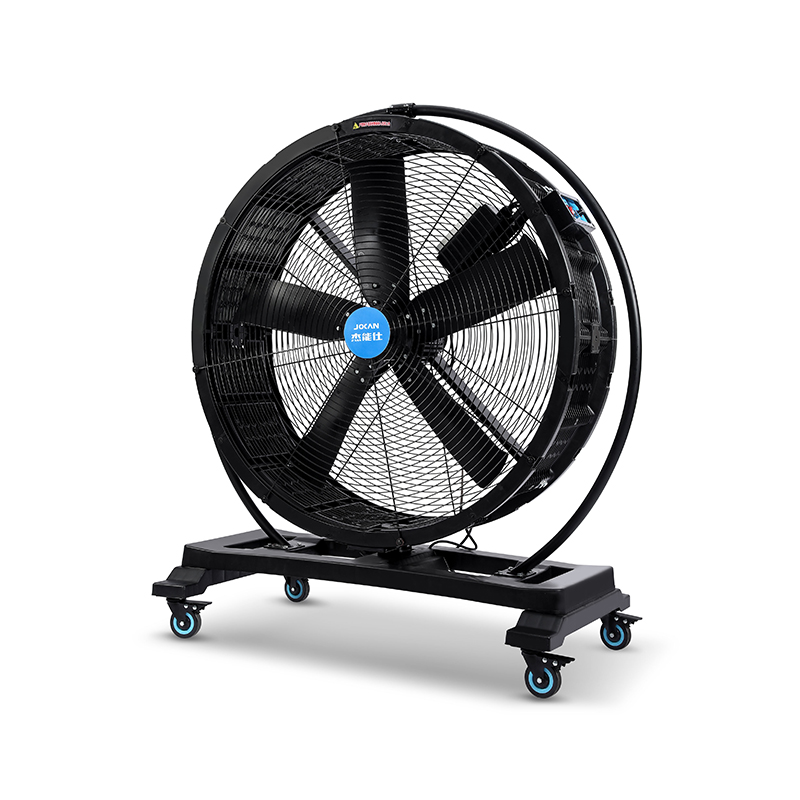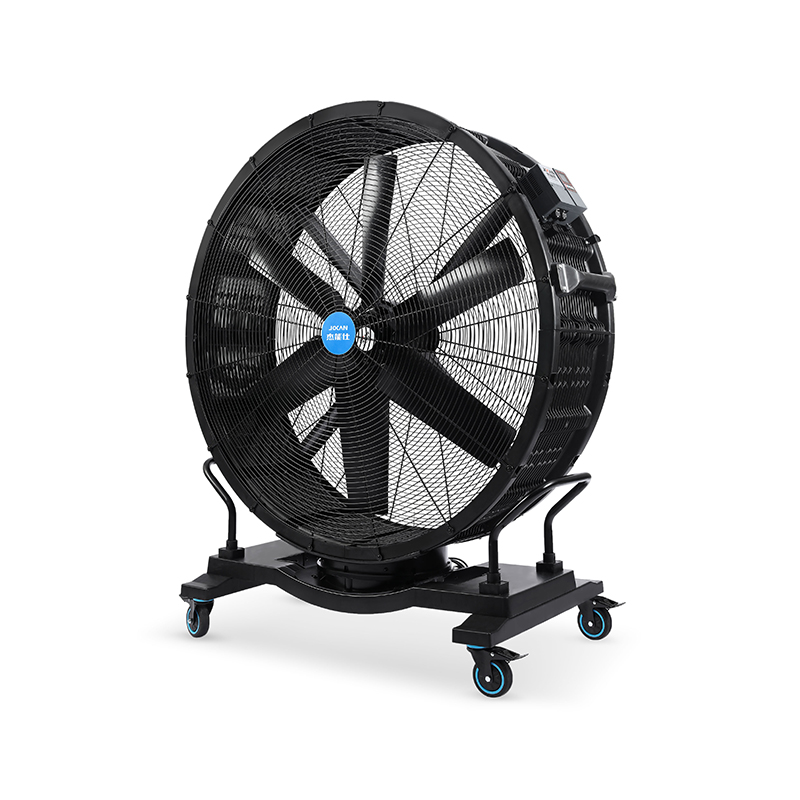The industrial fan industry is undergoing steady transformation, driven by evolving technology and new application needs. At the heart of this progress, our focus remains on advancing the design and functionality of HVAC duct fans, modern industrial fans, and large industrial outdoor ceiling fans. These key products play an essential role in diverse environments, from manufacturing plants to commercial spaces, and our approach to innovation centers on improving efficiency, reliability, and adaptability.
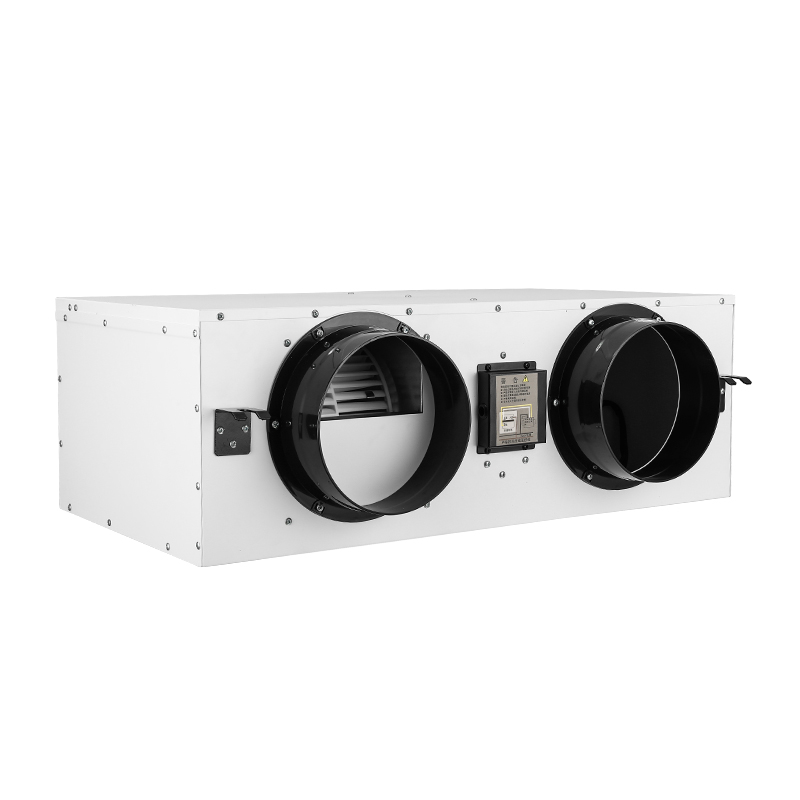
HVAC duct fans are vital components within heating, ventilation, and air conditioning systems. Their role in maintaining airflow and temperature control is critical for indoor environments. We're exploring new ways to enhance the performance of HVAC duct fans, ensuring they can operate quietly while maintaining consistent airflow. Modern industrial fan designs are incorporating smarter control systems, allowing better integration with building management systems and enabling energy savings. This focus on smart operation not only improves user experience but also supports broader sustainability goals.
The development of large industrial outdoor ceiling fans reflects an increasing demand for comfortable, energy-efficient solutions in expansive open areas such as warehouses, sports facilities, and agricultural spaces. These fans provide powerful airflow across wide spaces, reducing heat buildup and improving ventilation. Our designs prioritize durability to withstand various weather conditions while requiring less maintenance. By refining blade shapes and motor efficiency, the large industrial outdoor ceiling fans we produce deliver steady airflow without excessive energy use or noise.
In shaping the future of industrial fans, our efforts center on combining practical innovation with user needs. For HVAC duct fans, this means advancing materials and motor technologies that reduce energy consumption while enhancing airflow control. We have introduced variable speed drives into many HVAC duct fan models, allowing operators to adjust performance based on real-time demand rather than running fans at full capacity continuously. This capability advances to more responsive systems that adapt to changing conditions within commercial and industrial buildings.
Modern industrial fans are evolving beyond simple air movers. They are now part of integrated systems with sensors and automation that optimize air circulation in complex settings. By embedding smart features into these fans, we enable remote monitoring and precise adjustments, helping facilities manage air quality and temperature more effectively. Additionally, improvements in blade design and motor construction have contributed to quieter operation and longer service life, making these modern industrial fans more suitable for environments sensitive to noise or maintenance downtime.
Large industrial outdoor ceiling fans also benefit from these advancements. Their role in outdoor cooling and ventilation continues to grow as industries seek sustainable alternatives to energy-heavy air conditioning. These fans create gentle, consistent airflow that helps reduce perceived temperatures without drastically increasing energy costs. Our ongoing research focuses on improving aerodynamic efficiency and using corrosion-resistant materials to extend the service life of large industrial outdoor ceiling fans exposed to harsh weather.
Customer feedback is an important part of how we refine our industrial fan offerings. Through ongoing dialogue with users of HVAC duct fans, modern industrial fans, and large industrial outdoor ceiling fans, we gather insights into operational challenges and areas for improvement. This information guides product enhancements, whether by adjusting motor controls, updating structural components, or enhancing installation ease. The goal is to provide products that integrate smoothly into existing systems and meet the evolving requirements of different industries.
As energy efficiency becomes a priority worldwide, the future of industrial fans will rely heavily on smart design and adaptable technologies. HVAC duct fans benefit from electronic controls that adjust speed and airflow in response to environmental conditions. This flexibility helps reduce energy waste while maintaining comfortable and safe indoor environments. Modern industrial fans are increasingly incorporating advanced materials and control systems that contribute to quieter and more efficient operation. Large industrial outdoor ceiling fans, with their broad coverage and robust construction, will continue to offer cost-effective ventilation solutions for large spaces where traditional cooling methods may be impractical.
The shift toward sustainability also encourages us to explore recyclable materials and energy-saving manufacturing processes in producing HVAC duct fans and other industrial fans. Reducing the environmental footprint of these products complements their role in improving indoor air quality and ventilation. Through innovation, we aim to create fans that not only perform well but also contribute to broader environmental goals.
Looking ahead, the role of technology in industrial fan development is expected to expand. Integration with IoT (Internet of Things) and smart building systems will become more common, allowing HVAC duct fans, modern industrial fans, and large industrial outdoor ceiling fans to work in harmony with other building functions. This connected approach supports proactive maintenance, energy management, and improved overall system performance.
 Add: Plot 23, Huanglang Industrial Zone, Jinqing Town, Luqiao District, Taizhou City, Zhejiang Province
Add: Plot 23, Huanglang Industrial Zone, Jinqing Town, Luqiao District, Taizhou City, Zhejiang Province
 TEL: +86-13586083215
TEL: +86-13586083215

 English
English English
English عربى
عربى 한국어
한국어


